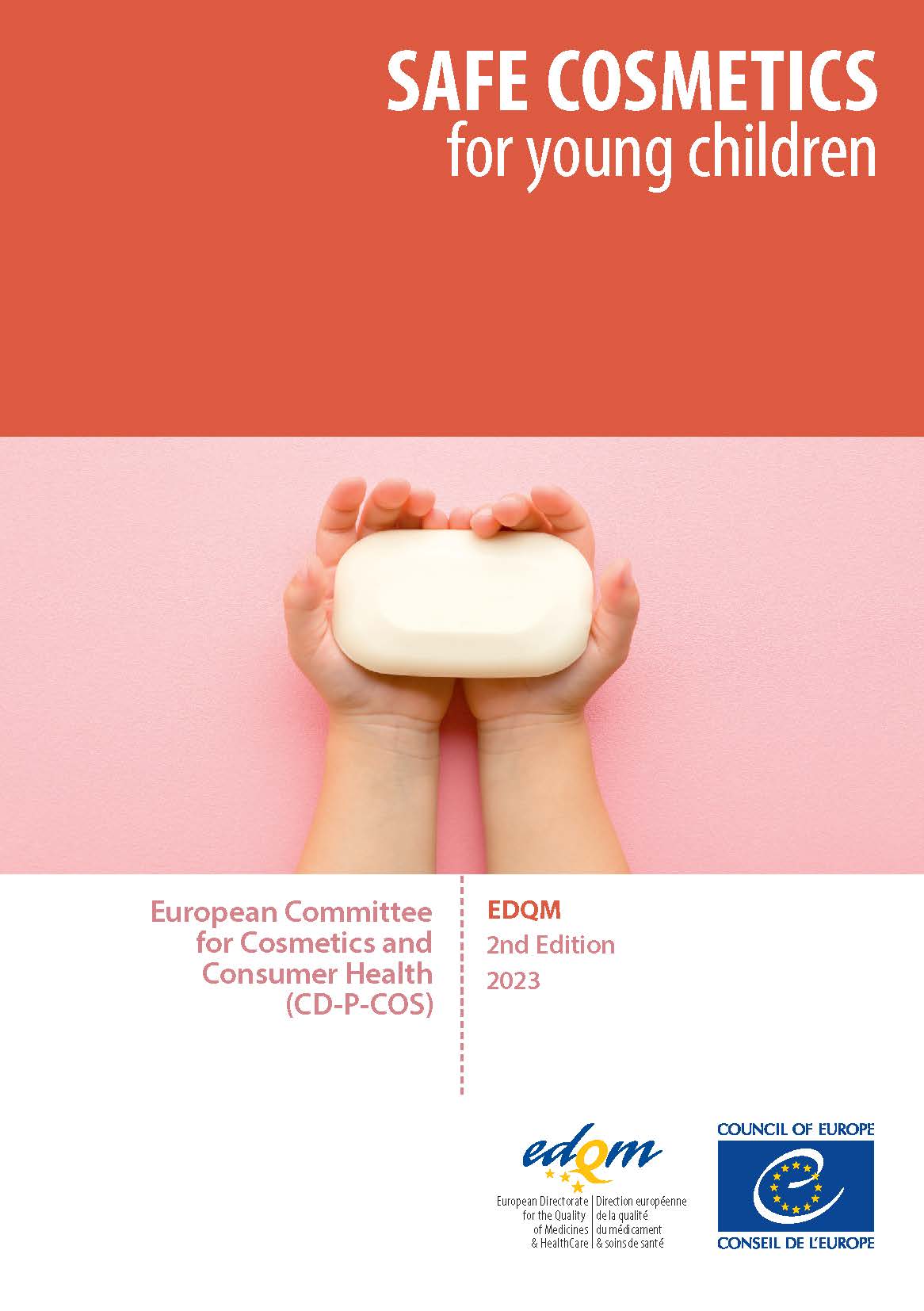Webinar System Requirements
Safe cosmetics for young children
A guide for manufacturers and safety assessors (2nd Edition, 2023)

Cosmetic products must be safe for all users, whatever their age. Toxic ingredients, potent allergens or substances with endocrine-disrupting activity are therefore banned or their content is restricted and it is recommended that preservatives should be used only at their lowest effective concentrations.
However, young children are particularly sensitive to the toxic effects of certain chemicals, which means that any known health risk related to kids’ cosmetics must be addressed. When the characteristics and packaging of cosmetics – their perfume, appearance, form, colour or size, etc. – are designed to be attractive, the issue can be compounded, as young children may be unable to distinguish between cosmetics and foodstuffs, for example. The result is a real risk of poisoning or choking for young children who ingest cosmetic products or even parts of their packaging.
The CD-P-COS seeks to identify, address and prevent health risks arising from children’s exposure to an increasing variety of cosmetic products from an early age by providing appropriate guidance for manufacturers and safety assessors. Safe Cosmetics for Young Children (2nd edition, 2023) provides stakeholders with the most recent, science-based guidelines and is a key measure in the CD-P-COS’s efforts to reduce such health risks. The basis for this guide is Council of Europe Resolution CM/ResAP(2012)1 on safety criteria for cosmetic products intended for infants.
The revised second edition includes:
- new sections on nanomaterials and endocrine disruptors;
- updated calculation of the safety margin for cosmetic ingredients;
- revised safety evaluation criteria for finished products;
- recommendations for specific product use (e.g. fluoride, baby wipes);
- updated study and regulatory references.
Download and further information
The second edition of Safe cosmetics for young children is available in English and French.
The online versions (PDFs) can be downloaded for free online.
The paper editions will soon be available for purchase from the EDQM WebStore.
Additional information





